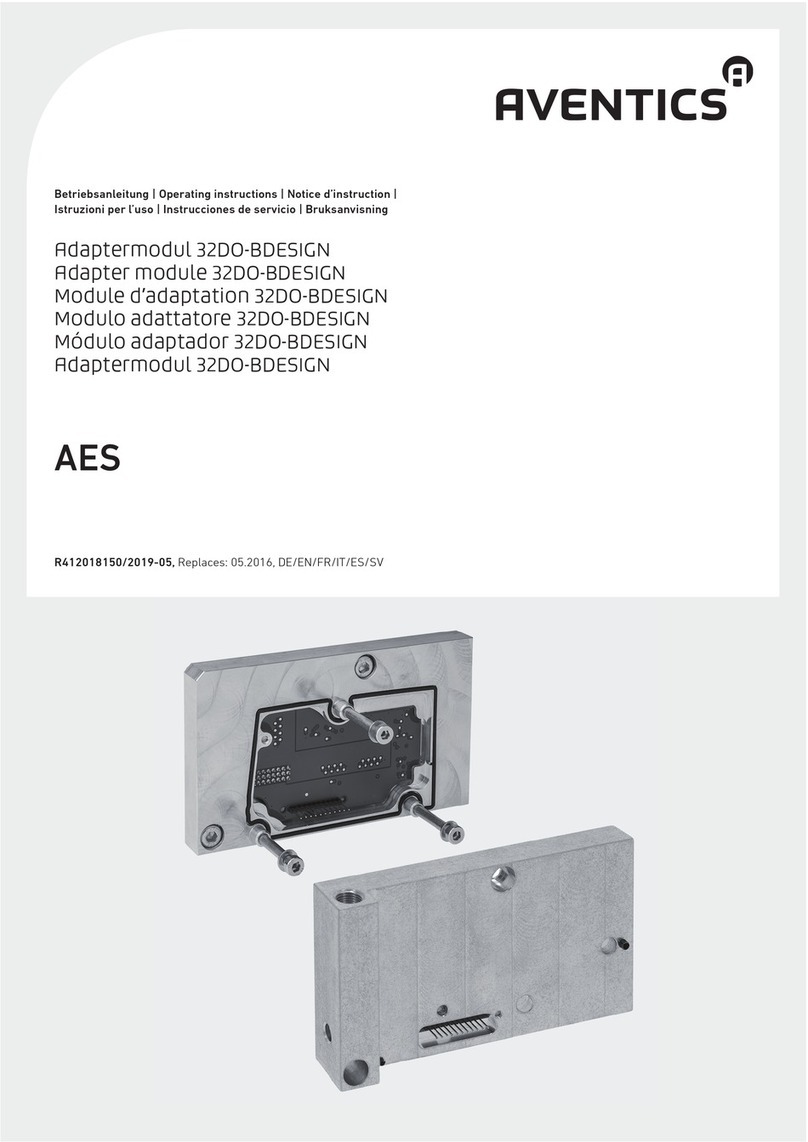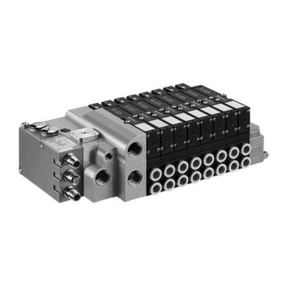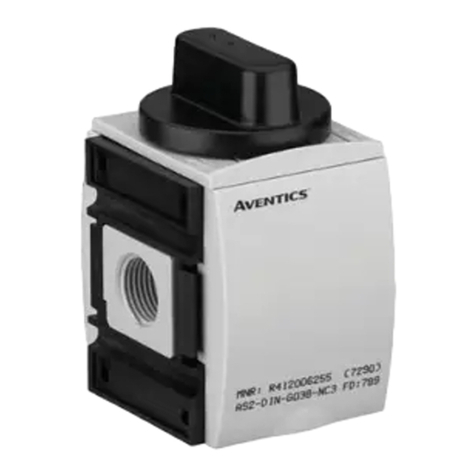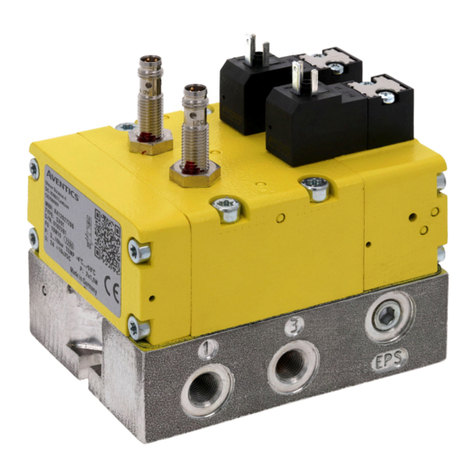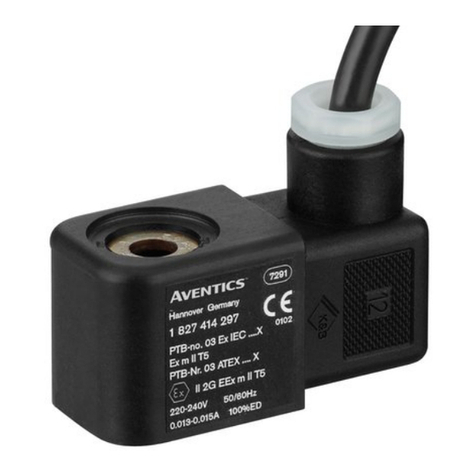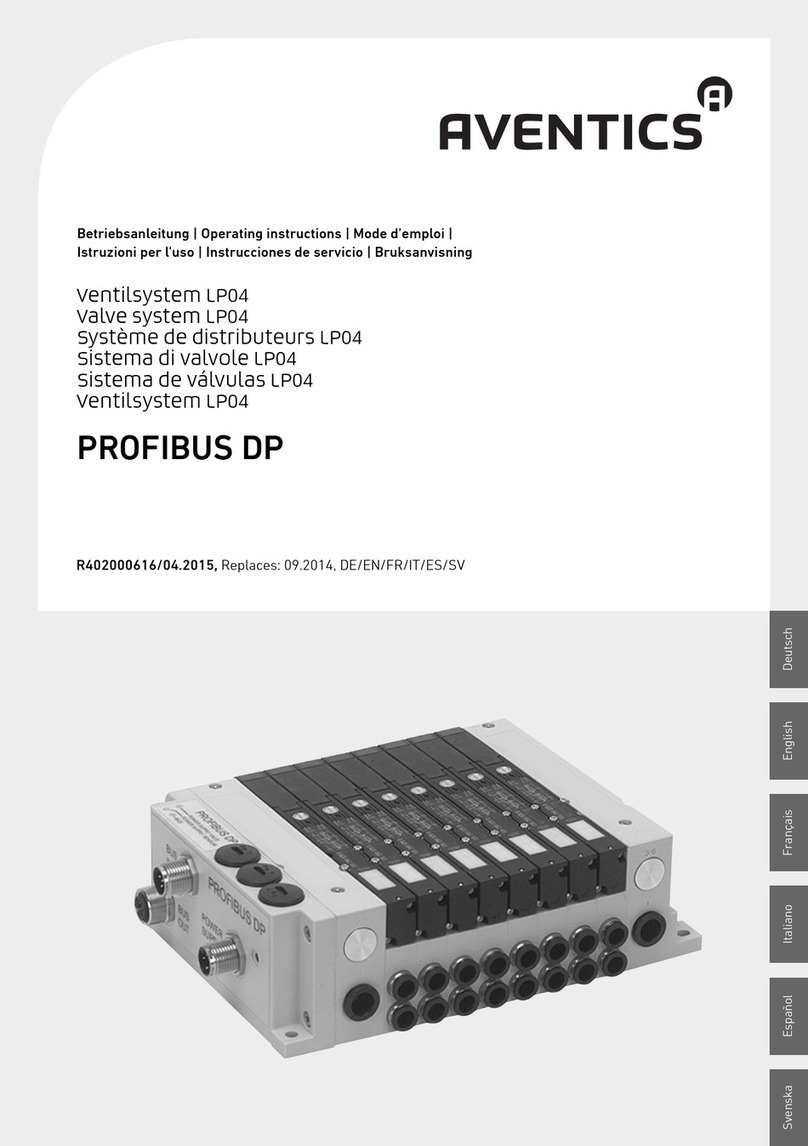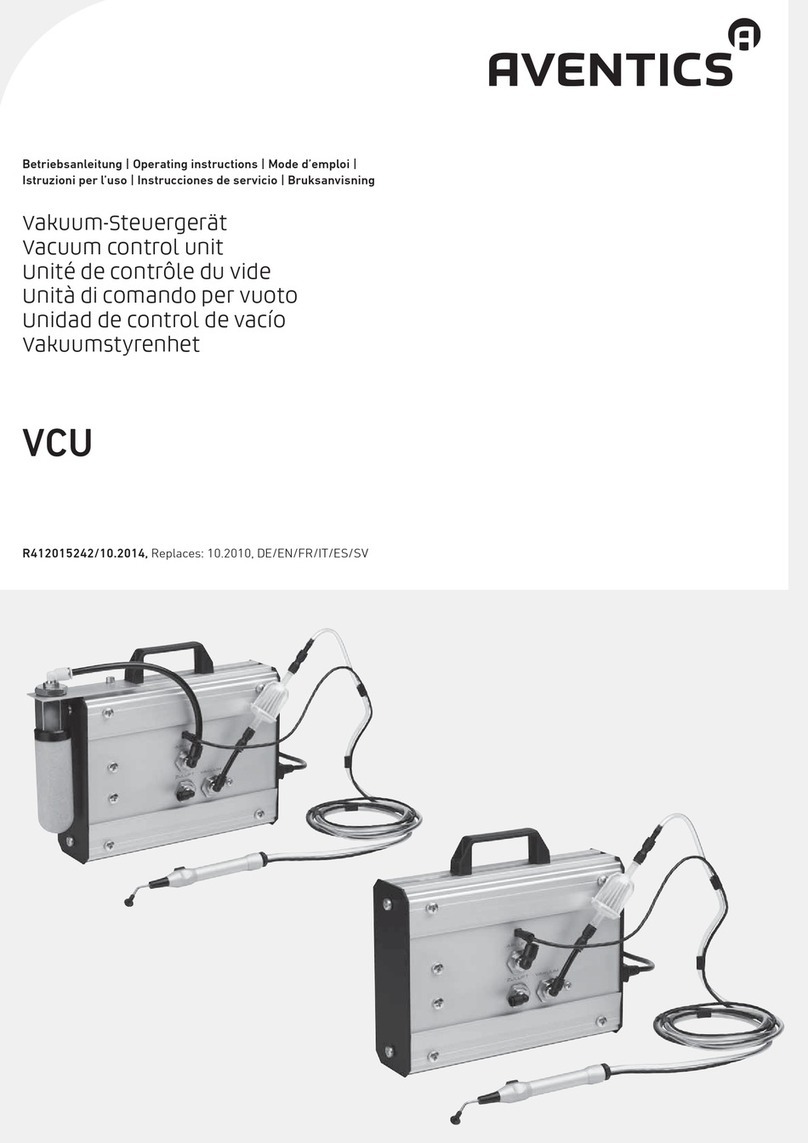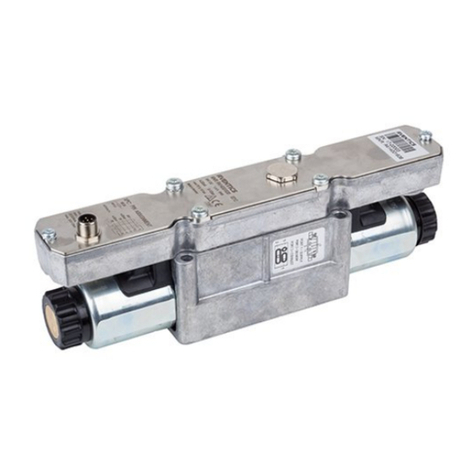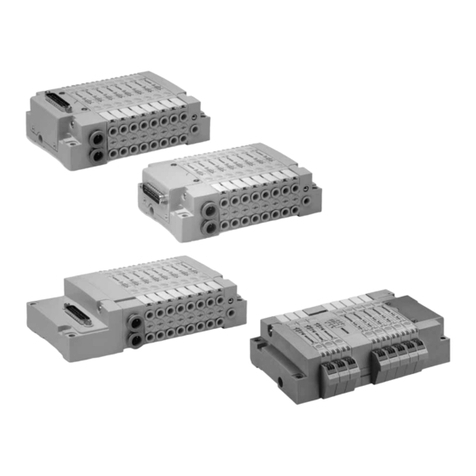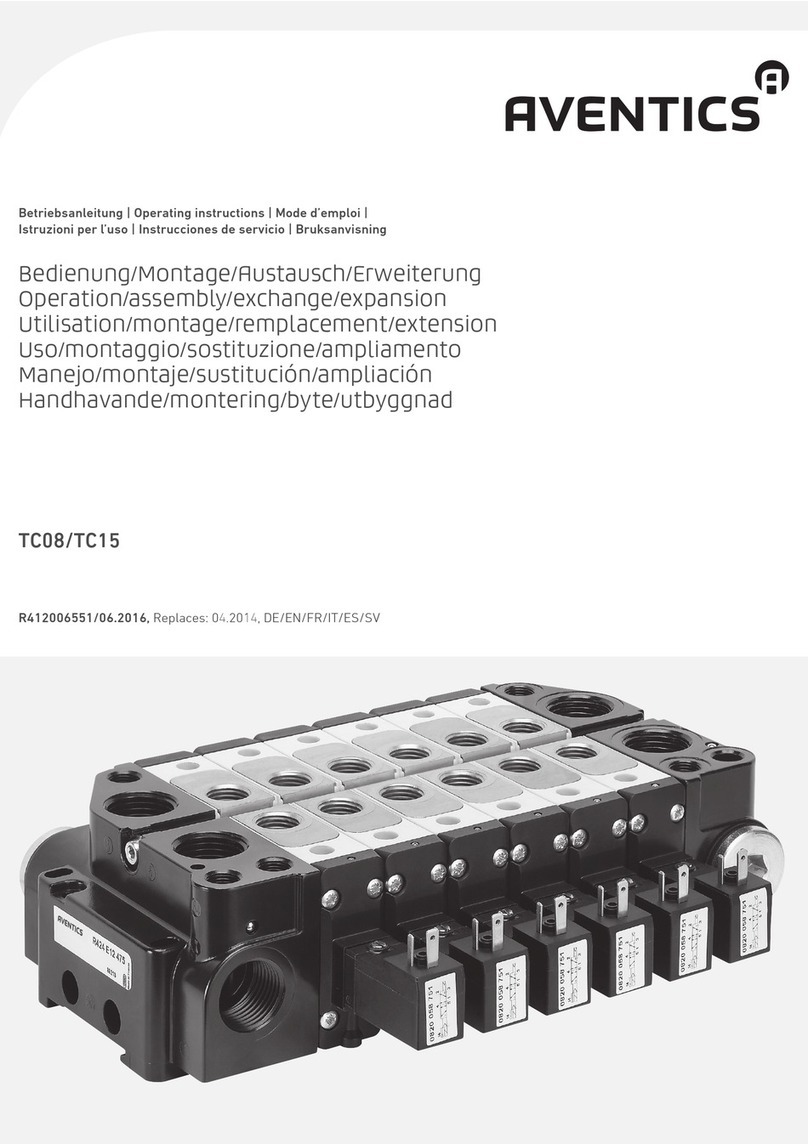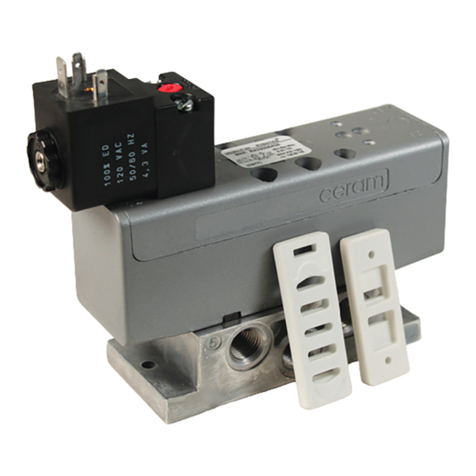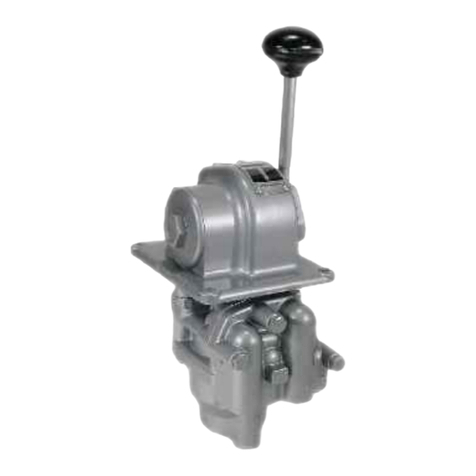
MAINTENANCE
Periodically dismantle the “D” PILOTAIR® Valve for
inspection and cleaning. Wash all metal parts with
a non-flammable solvent. Wash all seals with soap
and water and examine them for cracks or signs of
wear. Dry all parts with a low-pressure air jet.
Replace worn or defective parts.
Reassemble the valve, using the exploded view
as reference. The valve should be reassembled
using new rubber parts. As the assembly proceeds,
lubricate all rubber parts with Dow Corning 55 M
Grease and all metal-to-metal surfaces with Number
107 Lubriplate.
KIT ASSEMBLY
At times, operators in kit form and assembled valve
portions are stocked separately, and complete “D”
PILOTAIR Valves are assembled as needed. The
operator kits are packages containing the entire
operator’s parts and all the fastenings needed to
assemble the operator to the valve.
The explored illustrations accompanying the
operators’ parts lists in this booklet show how the
parts fit together.
To assemble a complete valve from the kits, remove
the stem from the valve portion. Assemble the
operator portion and connect the stem to it. Cover
the stem with light oil. Remove the tie rod nuts and
always assemble the short threaded ends of the tie
rod first to use the full thread. This will obtain full
thread engagement on both ends when the long
threaded end is assembled last. Insert the stem in
the valve portion. Tighten the bolts evenly together.
OPERATION
To operate a “D” PILOTAIR Valve a manual,
mechanical, pneumatic, hydraulic or electrical force
is applied to its operator. This force moves the
valve’s stem which, in moving to another position,
opens and/or closes internal passages in the valve.
The accompanying diagrams illustrate how the
valve’s stem opens and closes its passages.
Some stems have two positions –one at each end of
its travel. Some stems have three positions-the
third being midway between the end positions. In
their end positions, three and four-way valves have
one or more passages open. Moving the stem to
other end position closes the passages that
were open and then opens the passages that
were closed. The mid-position results in one
of three conditions-all ports lapped, supply
connected to delivery, or supply connected to
exhaust.
The valve portion of a “D” PILOTAIR Valve in
addition to its stem, has two end sections, a
body segment for each tapped port, seals
between sections and seal retainers. Four tie
rods, which pass through each section, hold
these parts together.
Two-way valves have two-tapped ports-supply
and delivery. Three-way valves with open
exhaust ports also have two ports – supply
and delivery. Their exhaust port is the open-
ing in one of their end sections through which
the stem passes. Three-way valves with
tapped exhaust ports have three ports: supply,
delivery and exhaust. Four-way valves with
open exhaust ports have three tapped ports-
one supply and two delivery ports. Their ex-
haust ports are the openings in the end sec-
tions through which the stem passes. Four-
way valves with tapped exhaust ports have
five tapped ports-one supply, two deliveries
and two exhaust ports.
Passages between sections are the open-
ings in the sides of sections through which the
stem passes. Lands on the stem close these
openings. Grooves on the stem open them.
Stem position determines whether a land or a
groove is in an opening.
The seals in the valve portion prevent the es-
cape of fluid through the joints between sec-
tions and past the lands of the stem. The seal
retainers keep stem drag and unbalanced in-
ternal fluid pressures from forcing the seals
into the path of the stem where they could be
damaged.
Operators are attached to the ends of valve
portions by tapped bolts, which screw onto the
ends of the tie rods. They are connected to
the valve stems by cotter pins or roll pins.
Lever, button and treadle operators can move
a stem in both directions. The others can only
push it. The solenoid operator uses local fluid
pressure to move the valve’s stem. These
operations are made with full return spring,
with
Page 2
